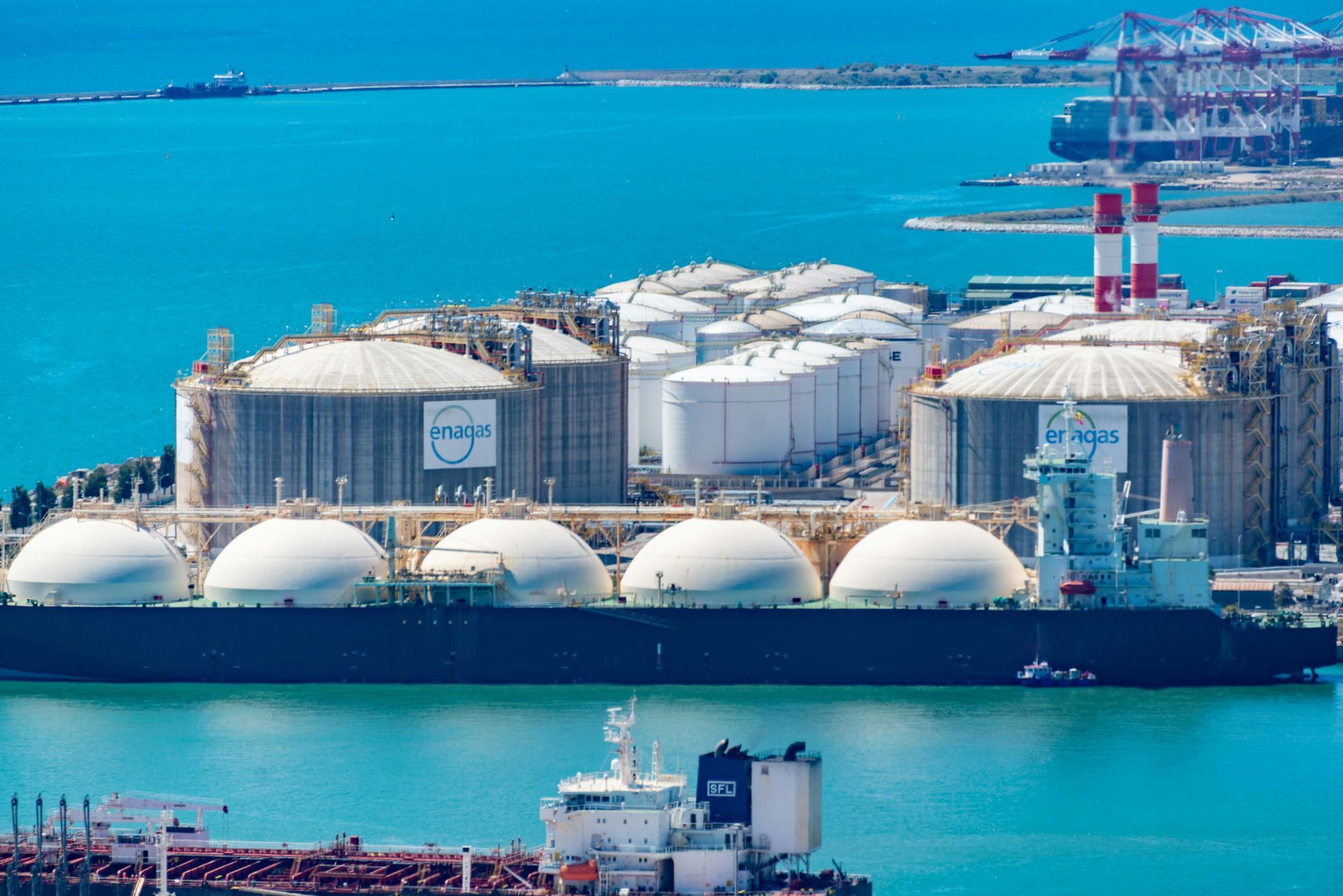Unpacking the misconceptions surrounding the DOE's LNG update
The Department of Energy (DOE) is responsible for assessing if domestic natural gas can be authorized for export as liquefied natural gas (LNG) to non-Free Trade Agreement (FTA) countries.
To make that determination, the DOE evaluates and analyzes a range of factors related to economics, national security, market and environmental data to determine whether that LNG export request is in the “public interest.”
Recently, the DOE announced it would be pausing review of pending export applications while it updated its economic and environmental analysis that underpin this review. The last time these were formally updated were in 2018 and 2019, respectively. At that time, U.S. LNG export capacity was less than 4 billion cubic feet per day (Bcf/d). Today, that capacity has more than tripled, and the U.S. is the world’s largest LNG exporter with capacity set to nearly double by 2030 because of additional projects currently under construction. Cumulative approved exports are at 48 Bcf/d, over three times our current export capacity.
A lot has changed since 2018. Americans should have the latest understanding of what higher exports mean for our economy, our security, and our health before U.S. energy leaves our shores.
Since the announcement, there has been a lot of noise about what this decision means. To correct the record, DOE is shedding light on the facts and dispelling common misconceptions.
Myth: The Biden Administration is banning LNG exports in its war against fossil fuels
Reality: The temporary pause in reviewing new non-FTA export applications. It will not affect operating LNG facilities or additional already authorized LNG exports. It will not disrupt projects under construction.
Before issuing any new LNG export decisions, DOE is embarking on a transparent process to ensure we are using the most up-to-date economic and environmental analyses to determine whether additional approvals of LNG exports to non-FTA countries are in the “public interest.”
The Biden-Harris administration has repeatedly stated that the future is in clean energy and our transition to clean energy will be a managed transition, one that will help ensure American families and businesses can reliably and affordably keep the lights on, but no reason to do business as usual. We’re updating our analysis to adapt to market dynamics. Supply and demand are shifting rapidly at home and around the world. The U.S. should know how its resources are and will be utilized, and what the need will be as countries around the world commit to reducing emissions and their use of fossil fuels.
Myth: These actions empower our enemies and harm our allies.
Reality: This action will not affect already authorized or operating export capacity, which currently totals 48Bcf/d, nearly half our total domestic natural gas production. It will also not impact our ability to supply our allies in Europe, Asia or other recipients of already authorized U.S. exports.
In 2022, when Russia waged its war of choice against Ukraine and used energy as a weapon to undermine European security, the U.S. and the European Commission formed a Joint Taskforce to reduce Europe’s dependence on Russian fossil fuels organize its efforts around two primary goals: (1) Diversifying LNG supplies in alignment with climate objectives; (2) Reducing demand for natural gas.
In 2022 and 2023, over 60% of U.S. LNG exports went to Europe in 2022 and 2023 and the U.S. has worked with the E.U. to successfully economize consumption and manage its storage to ensure that unprovoked acts of aggression cannot threaten its supply.
The Department is committed to ensuring our partners’ energy security needs are met, and if needed, it can determine if exceptions should be made for immediate national security needs.
Myth: This action is only in response to climate activists
Reality: DOE last updated its economic and environmental assessments of U.S. LNG exports in 2018 and 2019. A lot has changed since then. U.S. LNG exports have more than tripled, making the United States the largest exporter of LNG. Further, we have authorized additional volumes representing well over three times today’s currently operating export capacity — in projects that are under construction or awaiting a final investment decision.
It is imperative to know what these greatly expanded exports mean for affordable and stable prices for American consumers and industries. But also what the CO2 and methane emissions related to the projects mean for the communities they operate in, where it’s produced and inevitably used.
Because LNG export facilities are huge infrastructure projects that will have impacts for decades, we must understand and evaluate the long-term effects on local communities and our global climate at-large.
We need to know what these expanded exports mean for available domestic consumption, for American industries, and household energy prices. By updating the analyses now, we’ll be better positioned to avoid export authorizations that diminish energy availability here at home, undermine our economy, and worsen the consequences of climate change.
Myth: This action will harm American jobs
Reality: The Biden-Harris Administration is committed to restoring and growing American jobs. This action will not disrupt projects under construction or those that may be planning construction in the coming years. To keep it simple, there will be no domestic jobs displaced as DOE takes the necessary steps to update its analysis with the best data to make public interest determinations.
Myth: This pause is going to increase prices at home for American consumers.
Reality:
This action is actually meant to best inform how we can avoid a situation that leads to higher prices at home. There are no anticipated effects to domestic consumers as we update our analyses before making decision on additional U.S. LNG export requests. A lot has changed since DOE did a complete analysis of the economic impacts of U.S. LNG exports in 2018 as our export capacity has more than tripled and is set to nearly double again by the end of this decade.
To best inform our public interest determinations, our updated economic analysis aims to ensure that we are accurately capturing the full economic impacts of LNG exports to all American households and businesses. For example, the Energy Information Administration (EIA)’s 2023 long-term outlook found that as the U.S. exports more LNG, global and domestic prices converge and that “higher LNG exports create a tighter domestic natural gas market (all else held equal), increasing domestic natural gas prices.” Updating our analysis using the latest data will help mitigate risks of future decisions that could cause domestic consumers and manufacturers to face higher energy prices.
Myth: This decision is bad for the climate
Reality: Across the globe there is an unprecedented build-out of clean energy and increased climate commitments by our allies. In addition, the most recent International Energy Agency (IEA) reference scenario shows global demand for natural gas peaking this decade. Given this increased deployment of clean energy that is in turn driving updated estimates of fossil fuel demand and usage over time, it is imperative that our analysis for public interest determinations accurately reflects the latest economic, demand and security landscape.
Ultimately, this action is a recognition that LNG exports result in greenhouse gas emissions – CO2 and methane – and we must have the best information to fully understand and evaluate its effects on communities at home and examine the role of natural gas and LNG in a net zero economy.







